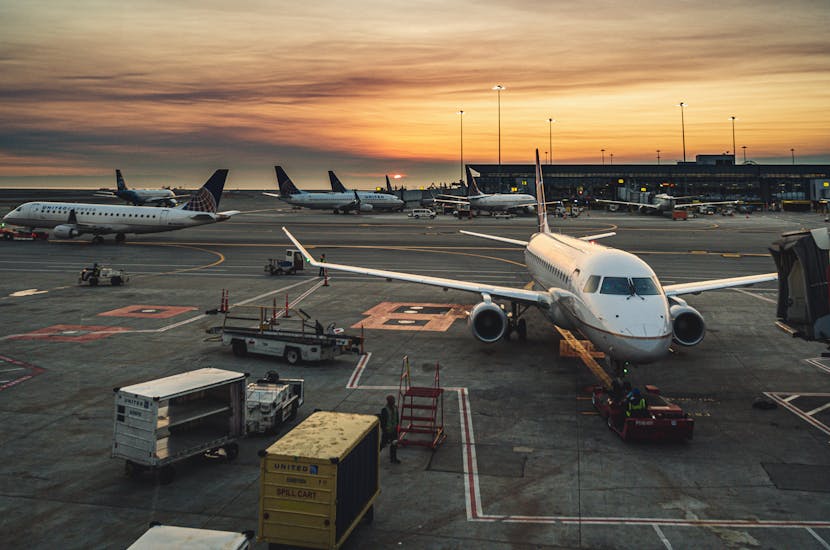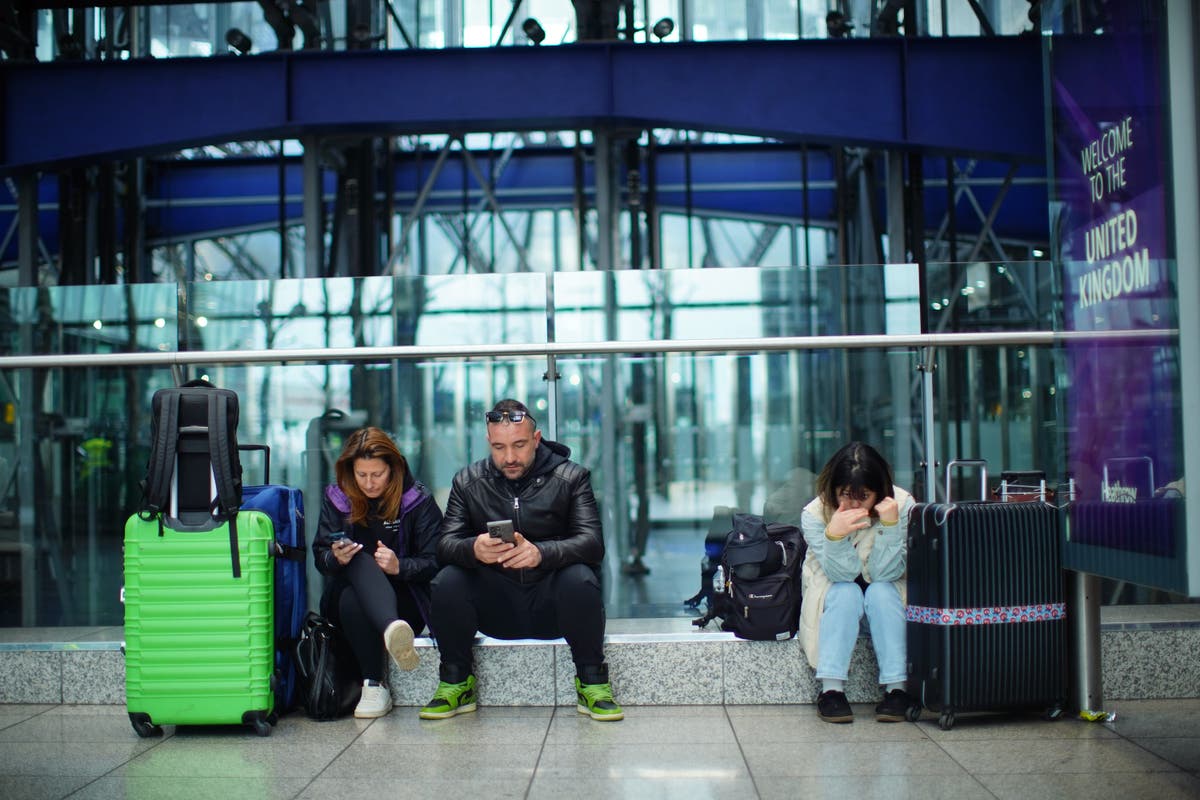Initially stating the obvious, the main difference between passenger and cargo aircraft is that cargo aircraft are specifically designed for transporting goods, whereas passenger aircraft is configured to transport people, and in most common cases, passenger aircraft will carry cargo in the hold. Typically, cargo aircraft do not have passenger seats. Instead, there is an empty area behind the cockpit, to the rear of the aircraft, designed to be manipulated to carry various types of cargo.
The cargo is allocated to particular sections of the plane to ensure even weight and maximize space utilization and aircraft payload. Want answers to more key questions in aviation? Check out the rest of our guides here . Large doors, no windows An aircraft designed explicitly for cargo operations has few windows or standard over-the-wing emergency exits.

Instead, large cargo loading doors around the aircraft vary in design. In some instances, such as the Boeing 747 , the nose can lift, and large goods can enter the aircraft this way. Due to cargo flights generally weighing more than passenger flights, it was also common for aircraft to install multiple or additional wheels to manage weight distribution; these were common on the retired Antonov AN-225 but are generally unseen on aircraft today.
Airbus has put on display a fairly realistic, life-size, freighter mock-up to convince more potential customers to consider the A350 freighter. Flying cargo vs. flying passenger Aircraft today play an.
























